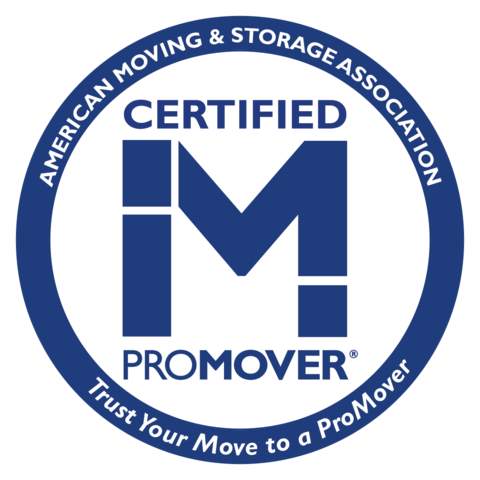METCALF MOVING BLOG
Tips for Moving Your Office Into a Smaller Space
Many offices are adopting flexible and, in some cases, permanent work-from-home policies for much of the workforce. In addition, some businesses seek ways to redesign their offices to allow more collaboration or downsize to switch their budget toward their mission. All of these situations may mean moving to a smaller office when your lease ends.
Moving your office to a smaller space can save money in the long run, but it has a few challenges. Planning ahead and being organized can help make your move successful.
Determine Your Downsizing Strategy
Understand your primary goal in moving to the smaller space. For example, are you downsizing because you have fewer employees working in the office and no longer need the space? Or are you keeping the same number of employees in the building but hope to save money in rent or energy costs? Or perhaps, you want a smaller space to allow more collaboration. Knowing what you hope to achieve helps make moving decisions easier.
Identify Wasted Space
The first step in moving is to determine how much wasted space you have currently. For example, one company undertook a study and realized that 85 percent of its space was devoted to 35 percent of the work. It determined that the company could become more agile by reducing its footprint and decreased desk space by 50 percent.
Furnishings that you barely use may take up considerable space; if the workforce is becoming more remote, you can eliminate most cubicle setups.
Determine What’s Needed
Take note of what you really need in the new office. For most small to medium-sized businesses, the items fit into one of these categories:
- Furniture
- Technology
- Equipment
- Records
- Stock
- Miscellaneous, such as coffee pots or personal items
Once you’ve decided what you no longer need, consider selling, recycling, or donating it. You also could have the movers remove it.
Consider Virtual Files
Converting records and other files into digital ones can save considerable space and make them accessible to remote workers. You might also consider storing seasonal items or extra supplies off-site rather than devoting permanent space in your new office to these items.
Decide Where to Meet
Some offices need a meeting room, while others might be better off renting meeting space. Another alternative would be to scout the neighborhood near your new office to see whether you could meet at local cafés or event spaces. Again, the change of scenery could help staff remain creative and flexible.
Versatility is Key
Choose spaces and furniture that can have many uses. Open offices are one example. Other examples are:
- Collapsible chairs
- Stand-up desks
- Tables that are also whiteboards
- Conference tables with storage beneath them
- Expandable tables
- Freestanding dividers.
Suppose your goal in downsizing is to increase collaboration. In that case, you might consider designing the new office space to include breakout rooms, brainstorming rooms, and quiet spaces along with the open work area.
Communicate
Be sure to involve all the stakeholders in your moving decision-making. Receive feedback from employees about what type of space and furnishings they need to remain flexible, agile, and creative. Communicate clearly with customers and suppliers about your move and why it is positive for your company.
Making the Move
If your company is getting ready to relocate, we can help. We provide weekend and after-hours moving services to prevent disruption in your workspace. Work with our relocation consultant to plan your office relocation to your exact specifications. Contact today for a free estimate.









